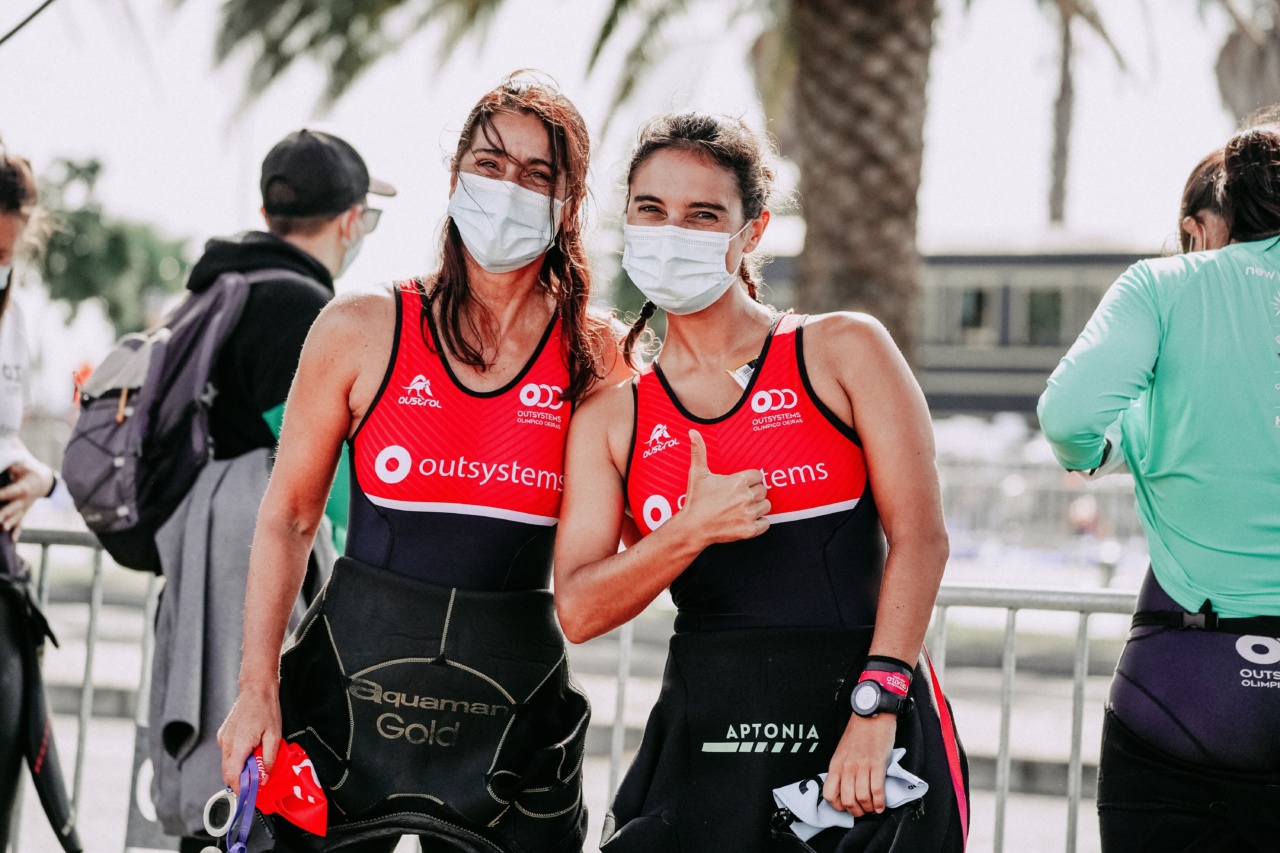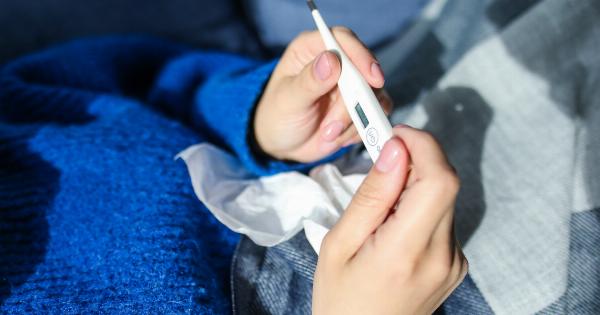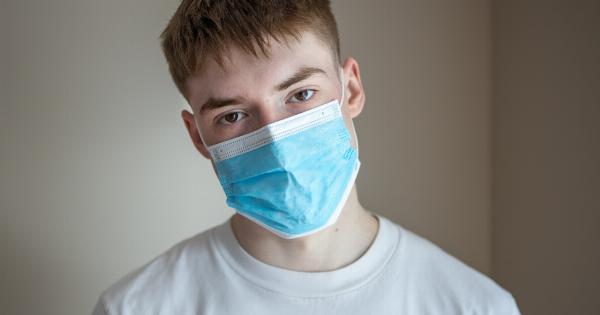As the seasons change, so does our vulnerability to viruses. The contrasting climates of summer and winter play a significant role in determining the strength and transmission of various viruses.
In this article, we will examine how these two seasons affect the spread and severity of viral infections, providing a deeper understanding of the seasonal dynamics of viruses.
Summer: Nature’s Defense Mechanism
Summer brings along warm temperatures, longer days, and increased sunshine. These environmental factors collectively act as nature’s defense mechanism against certain viruses.
The ultraviolet (UV) rays from the sun inhibit the survival and replication of many viruses, including influenza and coronaviruses. Additionally, higher temperatures and humidity levels in summer can reduce the viability of certain viral particles that are sensitive to heat and moisture.
Winter: Favorable Conditions for Viral Transmission
While summer serves as a season of reprieve, winter creates conditions that are favorable for viral transmission. The colder temperatures force people to spend more time indoors, leading to close contact and increased exposure to respiratory viruses.
Moreover, the drier air in winter facilitates the survival and transmission of certain viruses, as they tend to thrive in low humidity environments.
Cold and Flu: Winter’s Calling Card
The common cold and influenza, often referred to as the flu, are viruses that flourish during the winter season. The influenza virus, in particular, exhibits a seasonal pattern with peaks occurring during colder months.
Cold weather can weaken the body’s defense mechanisms, making individuals more susceptible to respiratory infections. Additionally, the flu virus is known to survive better in cold, dry environments, further contributing to its prevalence in winter.
Summer Flu: A Misnomer or a True Phenomenon?
Contrary to popular belief, the concept of “summer flu” is not entirely unfounded. While the flu virus mainly spreads during winter, there are instances of influenza activity during summer months as well.
However, the incidence and severity of summer flu are considerably lower compared to its winter counterpart. The reduced circulation of the virus in summer can be attributed to the environmental factors mentioned earlier, which inhibit its survival and transmission.
The Role of Indoor Heating
Indoor heating during winter provides warmth and comfort, but it can have unintended consequences when it comes to viral infections. Heating systems, particularly those that use forced air, tend to reduce the humidity levels indoors.
The dry air not only increases the survival rate of certain viruses but also dries out the nasal passage, making it more vulnerable to viral entry. Maintaining optimal humidity levels through the use of humidifiers can help counteract these effects.
Seasonal Variations in Respiratory Syncytial Virus (RSV)
Respiratory syncytial virus (RSV) is a common cause of respiratory infections, particularly in young children. While RSV can occur throughout the year, it often peaks during the colder months, similar to the flu.
The reasons behind this seasonal pattern are still being studied, but it is believed that factors like temperature, humidity, and school closures during holidays may contribute to the increased transmission of RSV in winter.
Implications for COVID-19
With the emergence of the COVID-19 pandemic, understanding the seasonal dynamics of viruses has become more crucial than ever.
While research on the seasonality of COVID-19 is ongoing, some initial findings suggest that warmer and more humid conditions may reduce the virus’s transmission. However, it is important to note that other factors, such as human behavior, vaccination efforts, and the emergence of new variants, can also significantly impact the spread of the virus regardless of the season.
Prevention Measures for All Seasons
Regardless of the season, certain preventive measures can help minimize the risk of viral infections.
These include regular handwashing, proper respiratory etiquette (covering mouth and nose while coughing and sneezing), staying home when feeling unwell, and getting vaccinated against viruses like influenza. Furthermore, maintaining a healthy lifestyle, including a balanced diet, regular exercise, and adequate sleep, can enhance overall immunity and reduce the susceptibility to viral infections.
Conclusion
Summer and winter showcase contrasting impacts on the strength and transmission of viruses.
Summer acts as a natural defense mechanism, with its higher temperatures, increased UV rays, and humidity levels inhibiting the survival and transmission of various viruses. Conversely, winter’s colder temperatures, drier air, and increased indoor proximity create favorable conditions for the spread of respiratory viruses.
Understanding these seasonal dynamics can aid in implementing appropriate preventive measures and improving public health strategies.


























